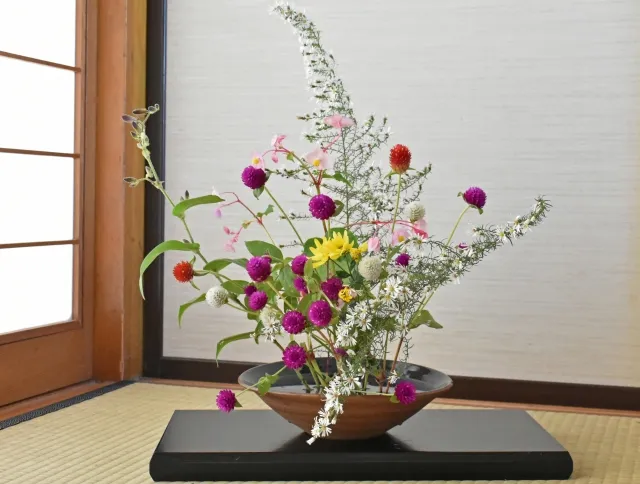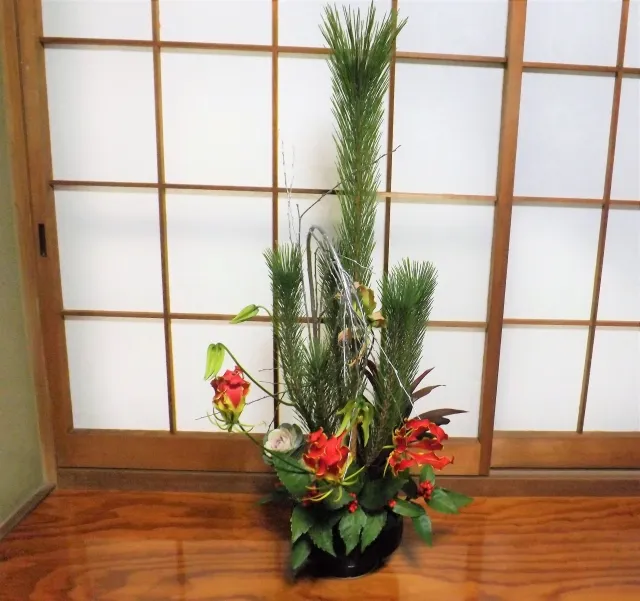December 9, 2023
Ikebana Flower Arrangements: A Timeless Art
Ikebana Flower Arrangements: Embracing Harmony and Minimalism in the Japanese Art of Kado
Discover the timeless beauty of Ikebana flower arrangements, a Japanese art form that embraces harmony and simplicity in floral design. Learn how this minimalist approach creates a harmonious composition reflecting the balance between nature and humanity. Explore the elegance of Ikebana, also known as Kado, and its cultural significance throughout history.
Flower arrangements have been an integral part of human culture for centuries. From ancient civilizations to modern times, the art of arranging flowers has evolved in various forms. One such form that stands out for its elegance and simplicity is Ikebana.
What is Ikebana?
Ikebana, also known as Kado, is the Japanese art of flower arrangement. Unlike traditional Western arrangements that focus on symmetry and fullness, Ikebana embraces a minimalist approach. It is not merely about placing flowers in a vase but rather creating a harmonious composition that reflects the balance between nature and humanity.
Principles of Ikebana
Ikebana follows three fundamental principles: heaven, earth, and man. These principles represent the three main elements involved in an arrangement. The tallest stem symbolizes heaven, the medium-sized stem represents man, and the shortest stem signifies earth. This arrangement style emphasizes the importance of negative space and the harmony between these elements.
Styles of Ikebana
Ikebana has several styles or schools, each with its unique characteristics. Among the most renowned are:
- Ikenobo: The oldest school of Ikebana, Ikenobo focuses on triangular compositions and incorporates natural materials.
- Sogetsu: A modern and innovative school of Ikebana that allows for more freedom in the choice of materials and arrangements.
- Ohara: Known for its naturalistic designs, Ohara school often uses landscape elements and emphasizes the use of seasonal flowers and branches.
Benefits of Ikebana
Besides adding beauty to any space, Ikebana offers numerous benefits. Engaging in this art form can provide a sense of relaxation and tranquility. It encourages mindfulness and helps develop an appreciation for nature and its imperfections. Additionally, creating Ikebana arrangements can be a form of self-expression and a way to explore your creativity.
Conclusion
Ikebana is more than just arranging flowers; it is a profound art form that allows individuals to connect with nature and their inner selves. Its simplicity and emphasis on space create a calming atmosphere and convey a deeper meaning. Whether you are an art enthusiast or simply looking for a new hobby, exploring the world of Ikebana is truly a rewarding experience.


